Spice Up Your Life: 7 Surprising Secrets Behind Kung Pao Hot Pepper
Kung Pao Chicken might be the dish you order on a lazy Friday night, but have you ever really stopped to appreciate the star of the show — the kung pao hot pepper? These little firecrackers pack a flavor punch that goes far beyond heat. Let’s dive into the rich global spice traditions surrounding this iconic chili and uncover why it deserves its own culinary award!
Table of Contents
- Introduction
- A Spicy History Lesson
- Pepper Profile: What Makes It Unique?
- Cooking Tips for Using Kung Pao Hot Peppers
- How Spicy Are We Talking? A Heat Comparison Chart
- Kung Pao in Global Spice Traditions
- Storage & Handling Like a Pro
- Is It Good for You or Just a Flavor Bomb?
- 3 Must-Try Recipes Featuring Kung Pao Hot Peppers
- Conclusion
A Spicy History Lesson
The story of the kung pao hot pepper starts not in your takeout box, but deep within Sichuan cuisine. The name comes from Ding Baozhen, a Qing Dynasty official known as Kung Pao (or “Palace Guardian”). Legend has it he loved spicy chicken stir-fries with peanuts and chilies — and thus, a legend was born.
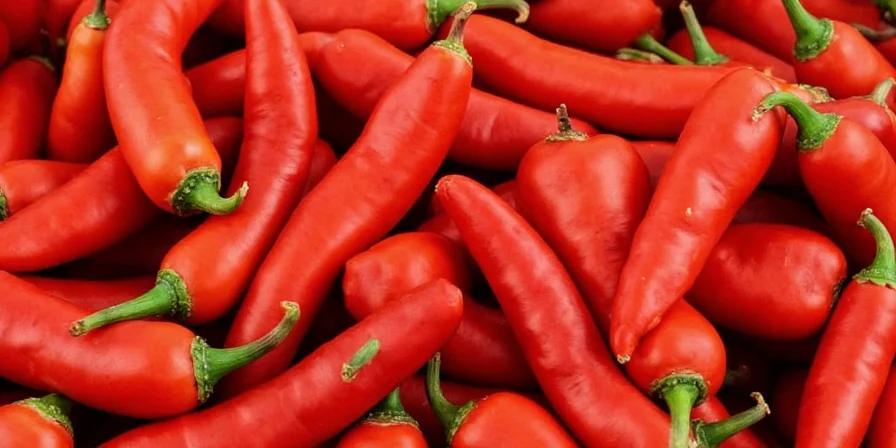
While the modern version is often Americanized, the real deal uses dried red chilies native to Sichuan — small, wrinkled, and packing a ton of aromatic heat.
Pepper Profile: What Makes It Unique?
If you're wondering what kind of chili makes Kung Pao so iconic, here’s the lowdown:
- Name: Tien Tsin chili / Chinese red chili
- Scientific Name: Capsicum annuum
- Heat Level: Medium to high (depending on drying and preparation)
- Flavor: Smoky, slightly fruity, with a lingering heat
- Common Use: Dried and used whole or crushed in stir-fries, sauces, and pickling
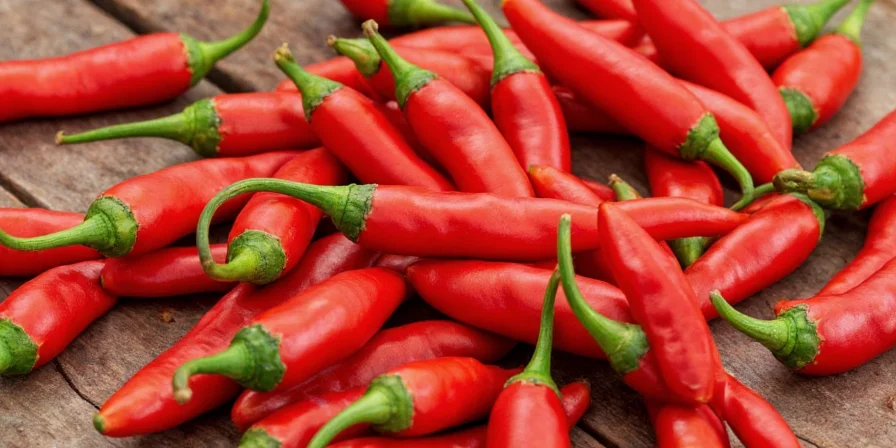
Cooking Tips for Using Kung Pao Hot Peppers
Ready to unleash the power of these fiery peppers? Here are 5 must-know tips:
- To Toast or Not to Toast? Always toast them lightly in oil before adding other ingredients. This unlocks their nutty aroma without turning them bitter.
- Don’t Burn Them! Overheating can ruin the flavor and turn your kitchen into a smokehouse. Keep the flame medium-low when toasting.
- Seeds = Heat. If you want less fire, remove the seeds. For extra kick, leave them in.
- Pair With Peanuts & Vinegar – The classic combo balances the heat with crunch and tang.
- Reuse After Cooking – Don’t toss them! Add used peppers to broths or soups for background spice.
How Spicy Are We Talking? A Heat Comparison Chart
Curious how kung pao hot peppers stack up against other famous chilies? Check out the chart below:
| Chili Type | Scoville Heat Units (SHU) | Kung Pao Pepper Equivalent | Typical Use Case |
|---|---|---|---|
| Bell Pepper | 0 | None | Salads, stuffing, color |
| Jalapeño | 2,500 – 8,000 | Mild to Moderate | Salsas, nachos, tacos |
| Tien Tsin / Kung Pao Chili | 50,000 – 100,000 | Moderate to High | Stir-fries, pickles, dry dishes |
| Habanero | 100,000 – 350,000 | Very High | Hot sauces, extreme spice lovers |
| Ghost Pepper (Bhut Jolokia) | ~1,000,000 | Off the Charts | Challenge food, fire breathing |

Kung Pao in Global Spice Traditions
While kung pao hot peppers are rooted in Sichuanese cooking, they’ve traveled far and wide. Here's how different regions use similar spicing techniques around the world:
- India: Kashmiri chili in tandoori dishes offers a vibrant red color and moderate heat, much like kung pao.
- Mexico: Dried guajillo chilies are toasted and rehydrated for salsas and moles — a cousin technique to using kung pao peppers.
- Thailand: Bird’s eye chilies are used fresh or dried in curries, delivering similar intensity and aroma.
- Japan: Shishito peppers are often grilled whole, echoing the texture-focused approach in Sichuan cuisine.
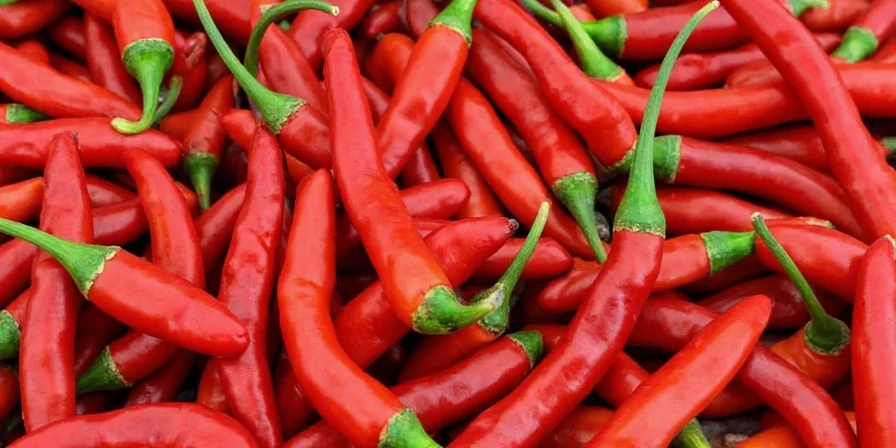
Storage & Handling Like a Pro
You wouldn't store dynamite next to your bread — treat kung pao hot peppers with care. Here’s how:
- Keep It Dry: Store in an airtight container away from sunlight. Moisture ruins flavor and promotes mold.
- Freeze for Later: Yes, you can freeze whole or sliced peppers for up to 6 months. No need to defrost before using in cooking.
- Wear Gloves: Capsaicin can linger on skin and cause irritation. Don’t rub your eyes after handling!
- Oil It Up: Make infused chili oil by steeping dried peppers in hot oil. Perfect for dressings or drizzling over noodles.
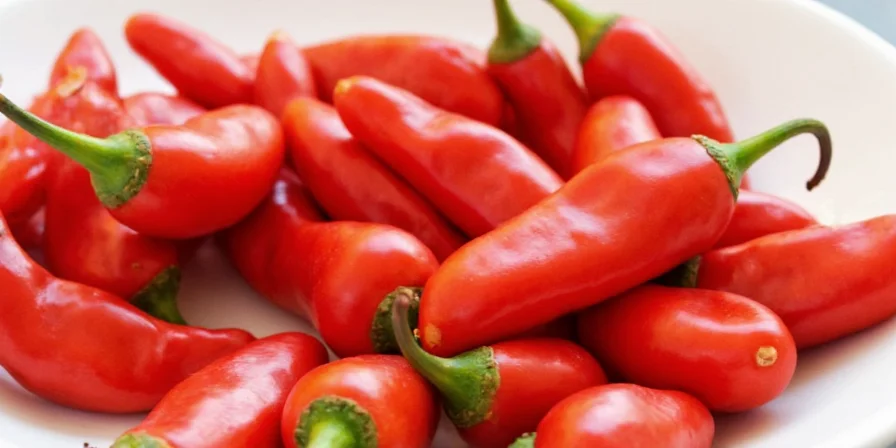
Is It Good for You or Just a Flavor Bomb?
Turns out, kung pao hot peppers aren’t just about taste — they come with some serious health benefits too!
- Metabolism Boost: Capsaicin increases thermogenesis, helping your body burn more calories post-meal.
- Pain Relief: Topical creams containing capsaicin can help relieve joint pain and inflammation.
- Antioxidant Powerhouse: Rich in vitamin C and flavonoids, they help fight free radicals in the body.
- Heart Health: Some studies suggest regular chili consumption may lower cholesterol and improve circulation.
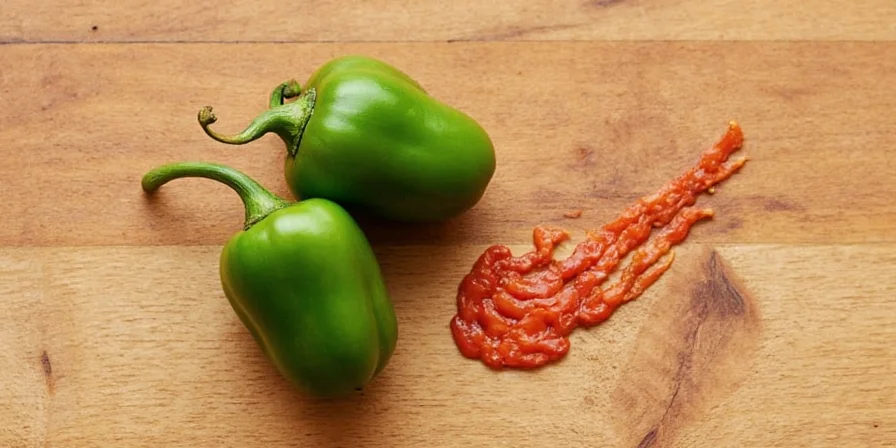
3 Must-Try Recipes Featuring Kung Pao Hot Peppers
Let’s get practical! Here are three delicious ways to put your kung pao peppers to work:
- Kung Pao Chicken (Classic Style)
- Marinate boneless chicken thighs in soy sauce, rice wine, and cornstarch.
- Stir-fry dried chilies, Sichuan peppercorns, garlic, and ginger.
- Add chicken, vinegar, sugar, and peanuts. Cook until glossy and fragrant.
- Spicy Kung Pao Eggplant
- Deep-fry cubed eggplant until crispy.
- In another pan, fry kung pao chilies, garlic, and scallions.
- Toss everything together with a sauce made from soy sauce, vinegar, and sugar.
- Chili Oil Noodles with Pickled Peppers
- Cook your favorite wheat noodles.
- Mix with homemade chili oil, black vinegar, soy sauce, and sesame paste.
- Garnish with pickled kung pao peppers and chopped green onions.
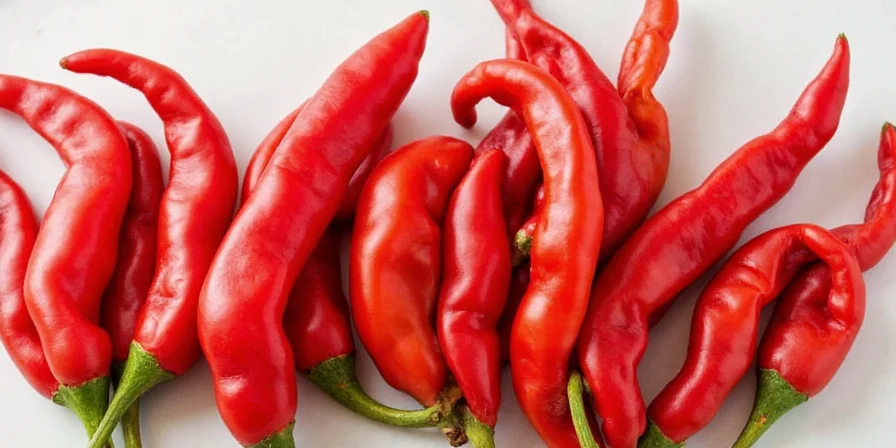
Conclusion
Kung pao hot peppers may look small, but they carry centuries of tradition, flavor, and heat that continue to influence kitchens worldwide. Whether you’re looking to boost your spice game, understand global spice traditions better, or simply impress your friends with a fiery home-cooked meal, these peppers deserve a spot in your pantry.
So go ahead — embrace the burn, savor the smokiness, and remember: sometimes, the best flavors come wrapped in tiny, red packages.
Now, who’s ready to cook up a storm?

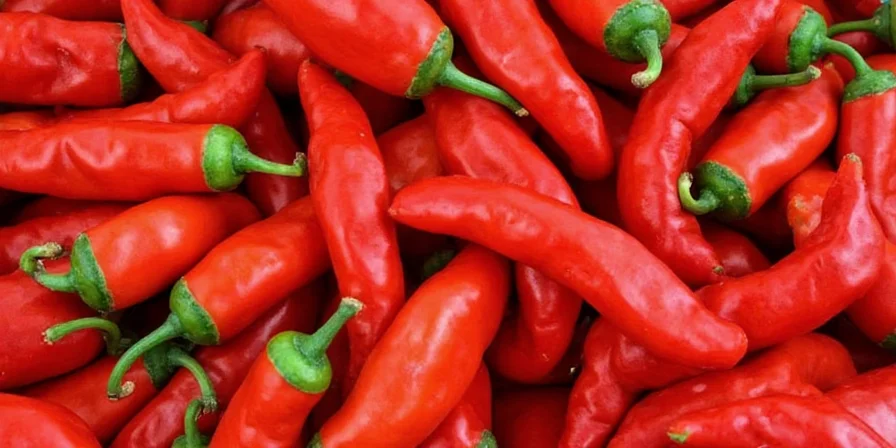









 浙公网安备
33010002000092号
浙公网安备
33010002000092号 浙B2-20120091-4
浙B2-20120091-4